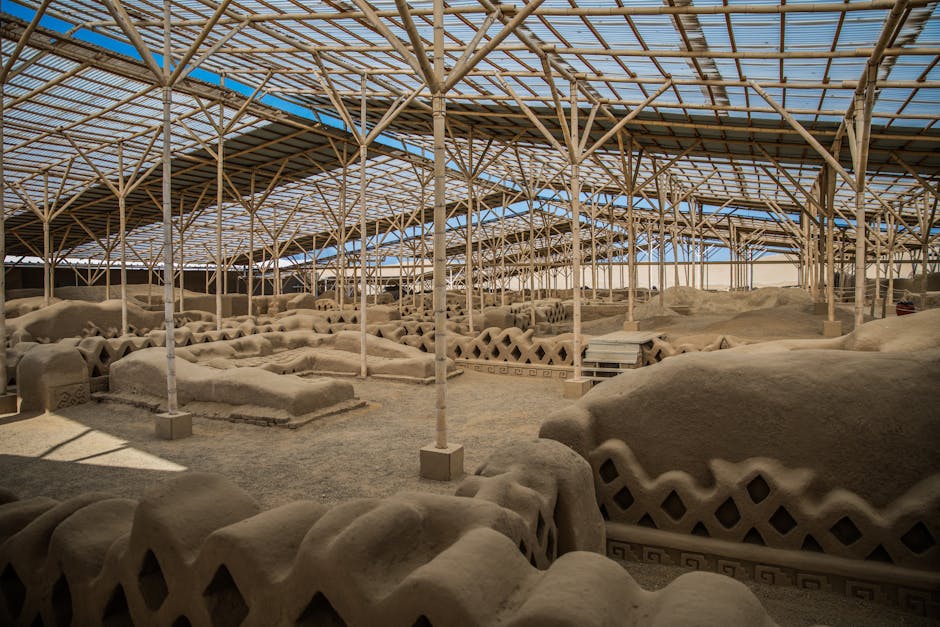How Tourism Helps Preserve Endangered Cultures
The Intersection of Travel and Cultural Preservation
In an increasingly globalized world, many indigenous traditions and ancient ways of life face the threat of fading into obscurity. However, responsible tourism has emerged as an unexpected yet powerful ally in the fight to preserve endangered cultures. By fostering appreciation, generating economic incentives, and encouraging cultural exchange, tourism can play a vital role in keeping traditions alive for future generations.
Economic Empowerment Through Cultural Tourism
One of the most direct ways tourism aids cultural preservation is by providing financial support to communities that maintain their heritage. When travelers visit remote villages, attend traditional ceremonies, or purchase handmade crafts, they inject much-needed revenue into these societies. This economic boost enables indigenous groups to continue practicing their customs rather than abandoning them in favor of more lucrative but culturally eroding opportunities.
For example, the Maasai people of Kenya and Tanzania have found sustainable ways to share their vibrant culture through guided tours, beadwork sales, and cultural performances. The income generated helps fund education and healthcare while reinforcing the value of their traditions among younger generations.
Raising Global Awareness and Appreciation
Tourism also serves as a bridge between cultures, fostering mutual understanding and respect. When outsiders experience a community’s music, dances, rituals, and cuisine firsthand, they develop a deeper appreciation for its uniqueness. This awareness can translate into advocacy, as travelers become ambassadors for these cultures, sharing their stories and encouraging others to support preservation efforts.
In Peru, the Quechua-speaking communities near Machu Picchu have leveraged tourism to revive interest in their ancestral language and Incan traditions. Visitors who participate in homestays or weaving workshops leave with a newfound respect for Andean culture, often advocating for its protection long after their trip ends.
Encouraging Intergenerational Knowledge Transfer
Perhaps one of tourism’s most profound impacts is its ability to motivate younger generations to embrace their heritage. When elders see that their traditions are valued by outsiders, they feel a renewed sense of pride and urgency to pass down their knowledge. Meanwhile, youth who witness the economic and social benefits of cultural preservation are more likely to continue these practices rather than migrate to urban areas in search of modern livelihoods.
In Japan, the Ainu people—once marginalized and forced to assimilate—have experienced a cultural revival thanks in part to tourism. Ainu-led workshops, museums, and performances now attract visitors eager to learn about their distinct language, crafts, and spiritual practices. This demand has inspired Ainu youth to reconnect with their roots, ensuring the survival of their traditions.
Responsible Tourism as a Force for Good
While tourism offers immense potential for cultural preservation, it must be approached with sensitivity and respect. Over-commercialization or disrespectful behavior can harm the very traditions travelers seek to protect. Sustainable tourism models—such as community-based tourism and eco-tourism—prioritize the well-being of local cultures, ensuring that preservation remains at the heart of the experience.
By choosing ethical travel experiences, supporting local artisans, and engaging with communities in meaningful ways, tourists can become partners in safeguarding the world’s cultural diversity. In doing so, they help ensure that endangered cultures not only survive but thrive in an ever-changing world.
Conclusion
Tourism, when practiced responsibly, is far more than just an economic activity—it is a lifeline for endangered cultures. By providing financial stability, raising global awareness, and inspiring cultural pride among younger generations, travel becomes a powerful tool for preservation. As we explore the world, we have the opportunity to celebrate and protect the rich tapestry of human heritage, one journey at a time.

